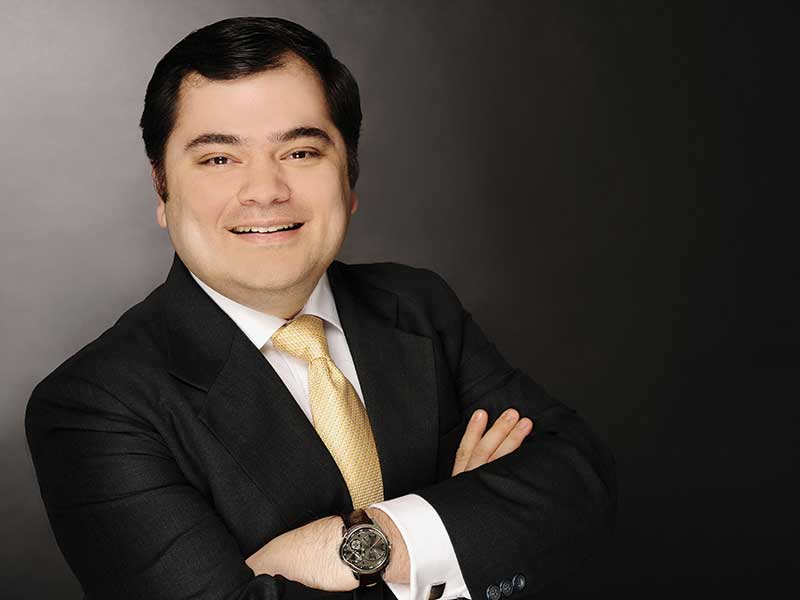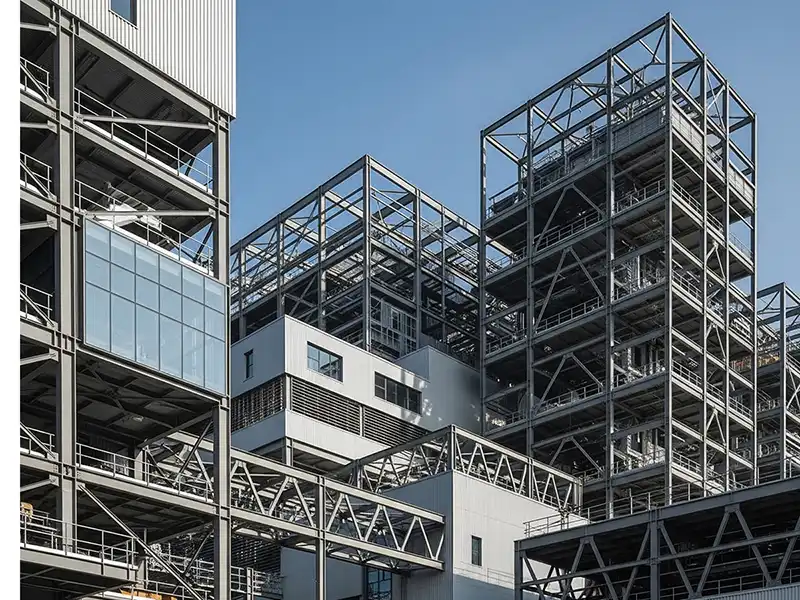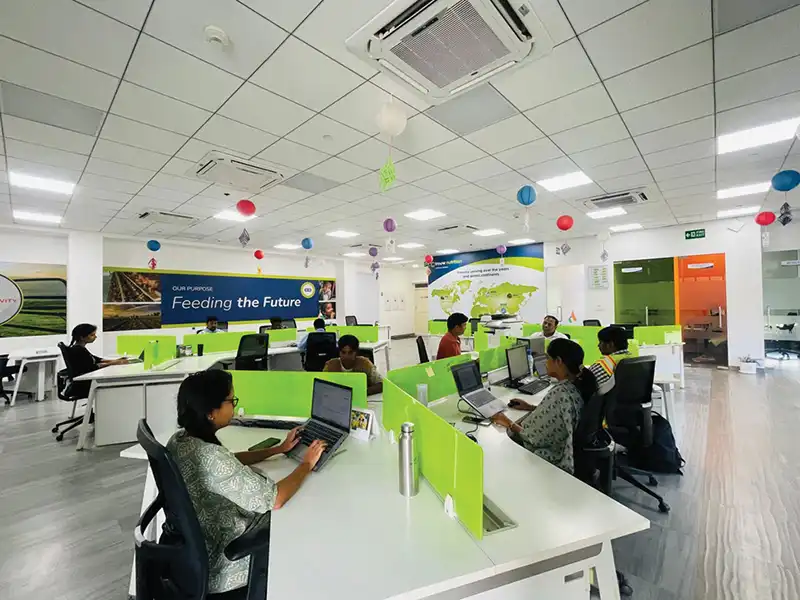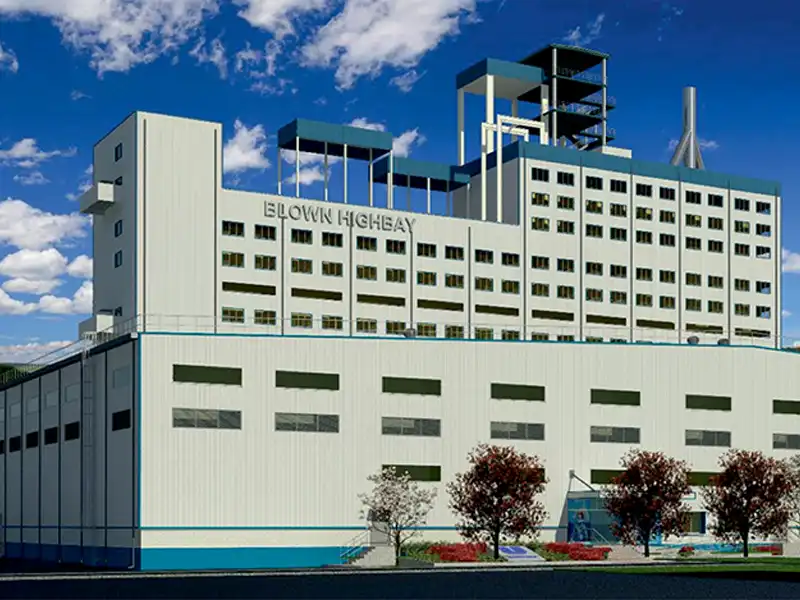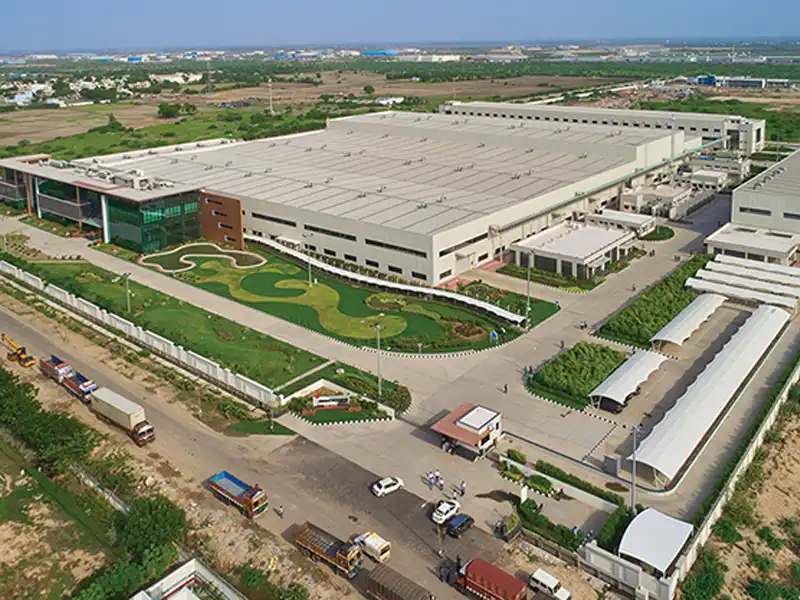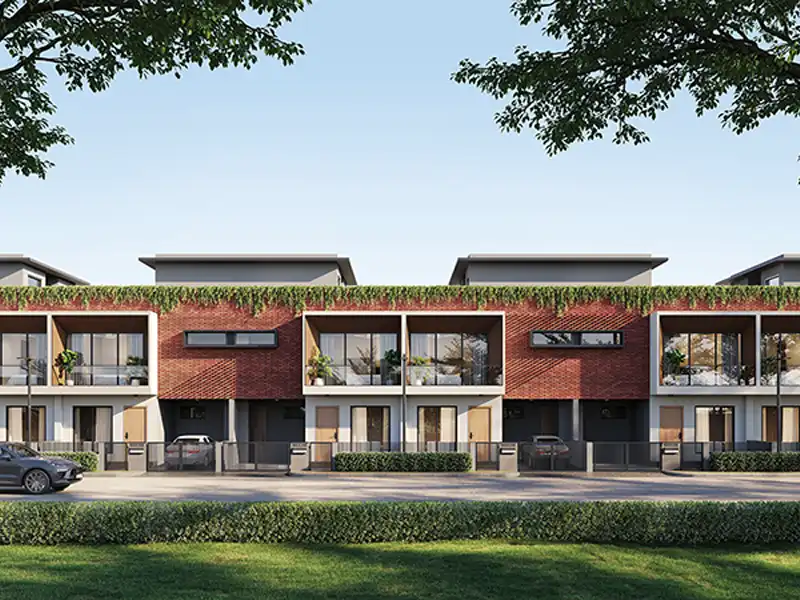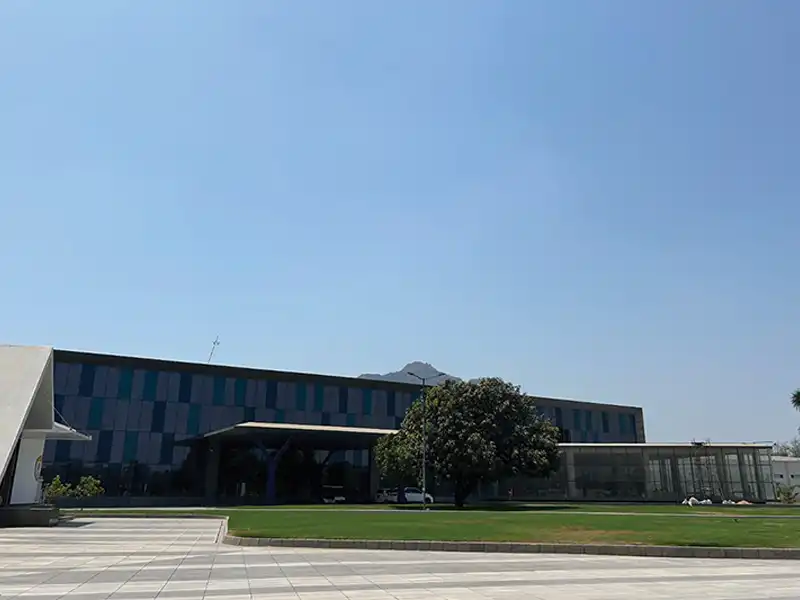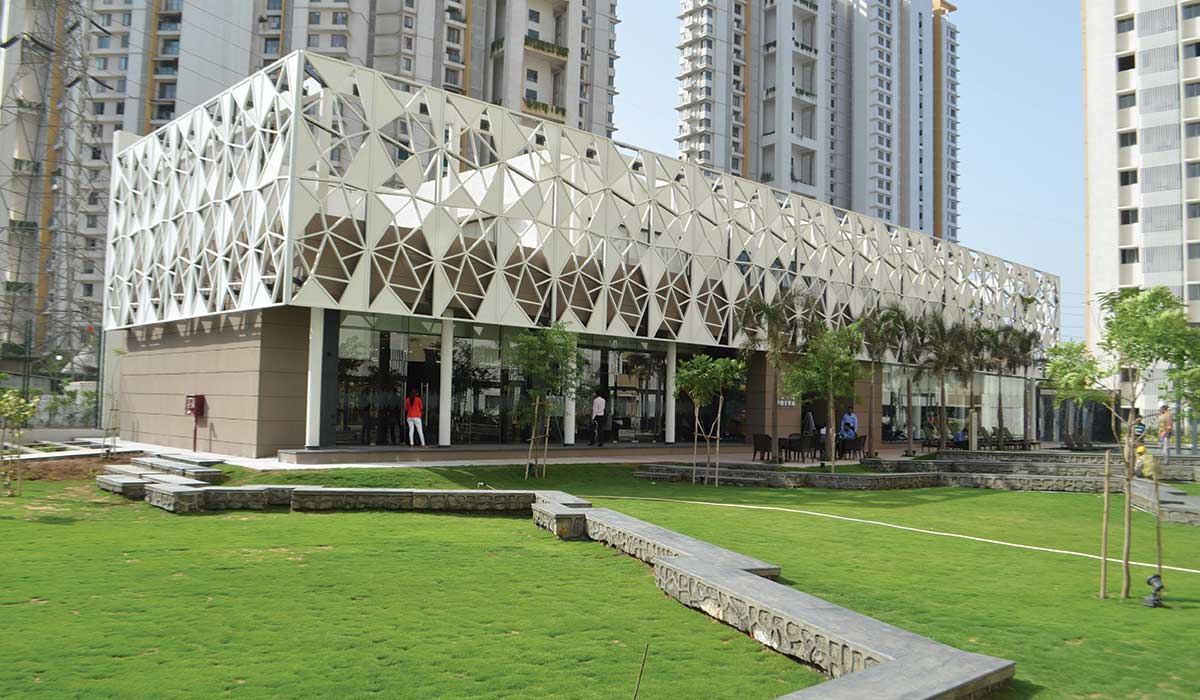 The company’s first façade project at Lodha Luxuria Club Priva at Thane near Mumbai had a challenging design complexity: for the single storey club house, support was to be taken from a lintel beam. The original design was 75mm thick and had a weight of 1500 kgs, which had to be reduced. The façade was successfully installed with a 60mm thickness and a mere 520 kg weight. Built in 2015 the project won a National Award and the façade remains strong.
The company’s first façade project at Lodha Luxuria Club Priva at Thane near Mumbai had a challenging design complexity: for the single storey club house, support was to be taken from a lintel beam. The original design was 75mm thick and had a weight of 1500 kgs, which had to be reduced. The façade was successfully installed with a 60mm thickness and a mere 520 kg weight. Built in 2015 the project won a National Award and the façade remains strong.What are features of Textile Reinforced Concrete and its design flexibility in façade constructions?
This technology has been designed in Germany at the RWTH Aachen University. Unlike RCC, which has steel reinforcement that corrodes, the TRC has chemically inert reinforcements made up by fibers and textiles of carbon, alkali resistant glass, and polypropylene. The reinforcement requires very less cover and helps take tensile loads acting on the structure.
We plan the density, direction of fibers, and the combination of fibers and textiles in the structure according to the end use design requirements. If the opening for the fixation of the façade screes is a RCC structure, the facade can be directly anchored onto it. If the area is large, a steel frame is installed behind the façade to support it. The design of frame depends on the wind load analysis, which determines the thickness of the façade and the layers of textiles used. Our panel sizes are normally 2.5 m x 2.5 m and their thickness varies from 12-18mm; it can handle a wind load of up to 1.5 – 5 kPa.
What is the material’s resistance to climatic conditions?
Textile Reinforced Concrete (TRC) has an excellent freeze thaw resistance and can effortlessly withstand high temperatures. It can also be used as a rain screen by applying a waterproofing coat on it. It can practically replace steel everywhere where corrosion is an issue. As regards its maintenance, it must be treated like concrete with routine painting every 5 years.
I ask my architect clients to imagine the drapeability of textile and flowability of concrete, run their imagination wild and come up with innovative designs, so that we can make them a reality
Mohit Raina
What is the application period for a TRC façade and the estimated cost?
Application comprises of two phases: manufacturing and installation. The design mix is such that demoulding can be done within 6-8 hours, compared to other concrete facades, which take 12-24 hours for demoulding.
So, 18-20 days are needed for manufacturing (depending on the size of the project). The Installation part is pretty easy since a normal 1 to 2-ton chain pulley is sufficient to lift the lightweight panels, as compared to other materials which might need a 12-ton crane for the lifting job.
What’s more, Textile Reinforced Concrete can be easily installed on the top of high-rise structures where the wind load is high, and where a tower crane cannot handle heavy loads. Overall, a project of 10,000 sq.ft can be installed within a month.
The cost will depend on the design and size of the façade being built; it can range between Rs. 200 to Rs. 1200 per sq.ft. We also provide light emitting concrete using optical fibers for bar counters and entrance lobbies. These applications can cost up to Rs. 6000/sq.ft. Besides India, we have done many projects in Germany and Africa.
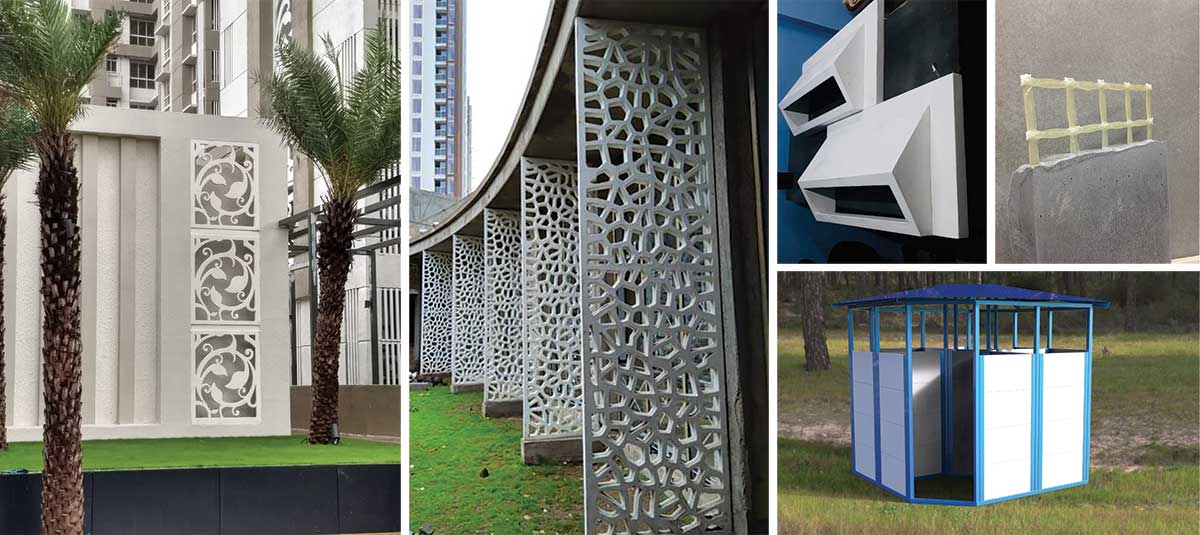
What makes TRC a green building material?
Thin-walled structures reduce the requirement of concrete up to 80%. A normal wall which needs 1500 kg concrete can be designed to use a mere 500 kg of concrete using TRC.
Concrete is known to emit carbon dioxide during its production process. We are working with the IGBC and IIT Madras to come up with design codes for using TRC in structural elements, which will also enable builders to obtain a Green Building certification. In Germany, an entire building has been built using TRC, and certified as an eco-friendly project by the European Commission.
What is your marketing strategy to raise awareness of TRC?
We are collaborating with actuators, opinion makers and influencers for generating awareness about the technology. In India, we started by introducing this German technology in rural areas by building SBM toilets 8 years ago. In the building industry, the plan is to develop modular building elements, kitchen counter tops, tabletops, bookshelves, etc. In the civil sector, our goal is to build storm water drains, sewage water treatment plants, and catch basins.
We have collaborated with CSIR-SERC to deliver solutions to NHAI with plans to develop median barriers and sound barriers out of TRC. India has a vast coastline of 7500 km and a huge network of internal waterways. Ports can be designed with this material since it is corrosion resistant and can provide a longer lifespan to the built structure. So, the application scope of TRC is immense.

